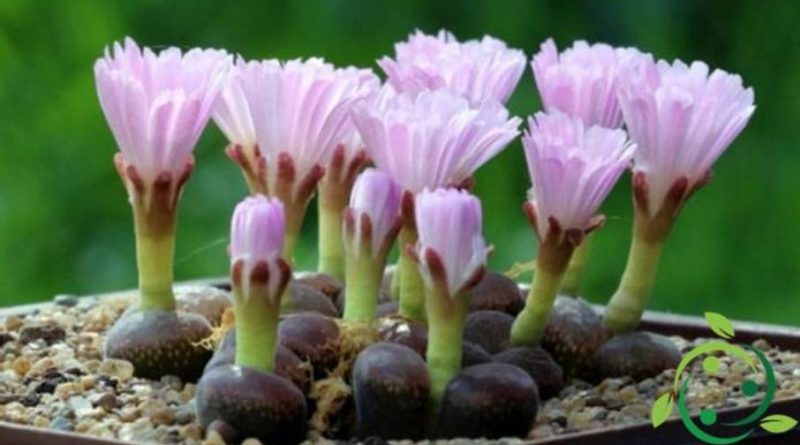How to cultivate Ophthalmophyllum
How to cultivate Ophthalmophyllum
The Ophthalmophyllum is a genus of succulent plants (Ophthalmophyllum Dinter & Schwantes, 1927) which belongs to the Aizoaceae family; they are plants originating from South Africa.
The most salient morphological characteristic of these plants is that these are composed of two large, very fleshy leaves, which are joined together, and divided in half by a small window, from which the plant absorbs light and from which it emerges the flower.
The genus includes 24 species of which we mention only a few such as:
– Ophthalmophyllum australis L. Bolus;
– Ophthalmophyllum caroli Tischer;
– Ophthalmophyllum dinteri Schwant. Ex Jacobsen;
– Ophthalmophyllum friedrichiae (Dinter) Dinter & Schwantes;
– Ophthalmophyllum fulleri Lavis;
– Ophthalmophyllum haramoepense L. Bolus;
– Ophthalmophyllum latum Tischer Forma Latum;
– Ophthalmophyllum littlewoodii L. Bolus;
– Ophthalmophyllum longitubum L. Bolus;
– Ophthalmophyllum longum Tischer;
– Ophthalmophyllum lydiae Jacobsen;
and others.
Due to their characteristics they are very similar to the Lithops genus.
In this card we will see how to cultivate Ophthalmophyllum cultivating Ophthalmophyllum following the most appropriate agronomic indications for this genus of succulent plants.
For the cultivation of these plants, which are very suitable also for rock gardens, it is necessary to choose the position in full sun; moreover it must be kept in mind that in winter the temperature must never fall below 10 ° C.
As far as the substrate is concerned, it is necessary to prepare a somewhat draining one, endowed with good microporosity and in this sense the composition given by 60% of silica sand, 20% of very small pumice stone or gravel of the same size and of the remainder based on is excellent. peat.
Both on the bottom of the pot and on its surface it will then be necessary to prepare a layer of very coarse gravel (excellent that of the river) which fulfills the task of giving greater drainage (for that at the base) and of decreasing evaporation (for that on the surface ).
For irrigation it is necessary to regulate starting from the vegetative restart, waiting for the substrate to dry on the surface between one and the other and then decreasing with the beginning of autumn until it decreases considerably or interrupt it completely during the winter.
The growth of this species occurs with the formation of new leaves in the center, with a vegetative vigor that is maximum in summer. Old parts can be removed when they dry out.
The Ophthalmophyllum reproduces by seed. The most suitable time for sowing is between late March and April. For sowing we intervene by sprinkling the seeds in a bed of very fine wet sand, which must be kept at a temperature of around 21 ° C.
In winter the seeds should be stored in totally dry places.
Among the most frequent diseases and phytopathologies we remember the rots that occur when the substrate compositions are not respected or the cochineals are irrigated too frequently, especially if it is fertilized with nitric nitrogen based products.

